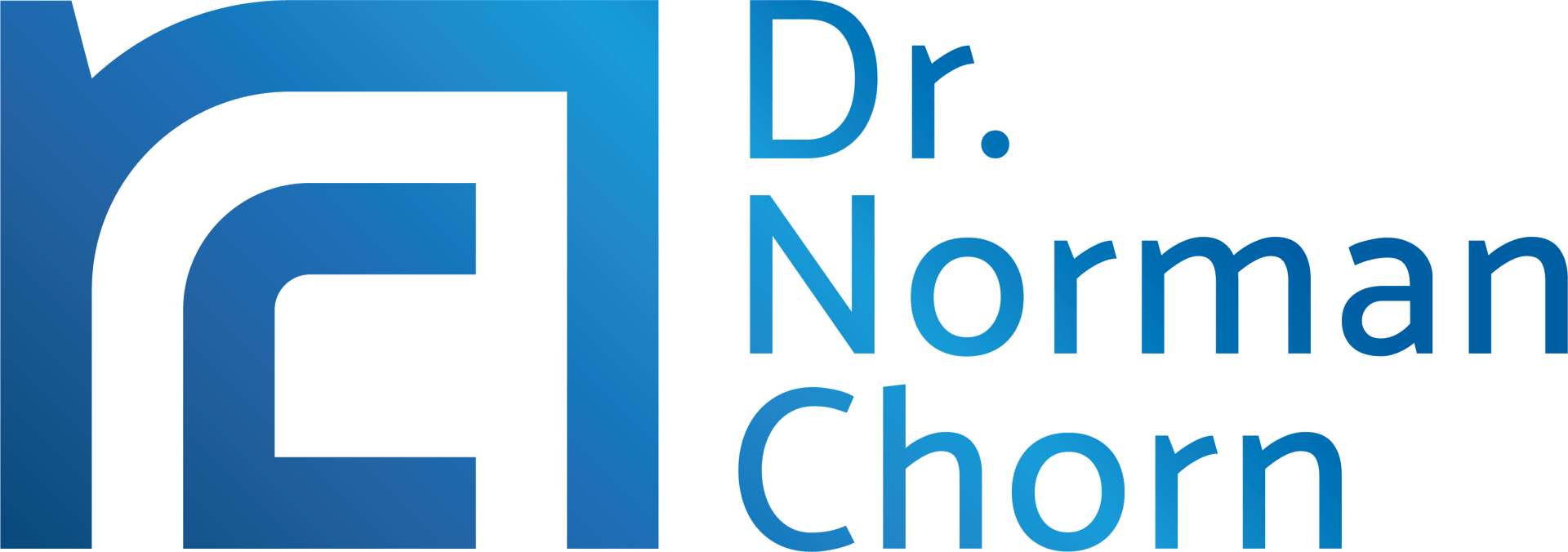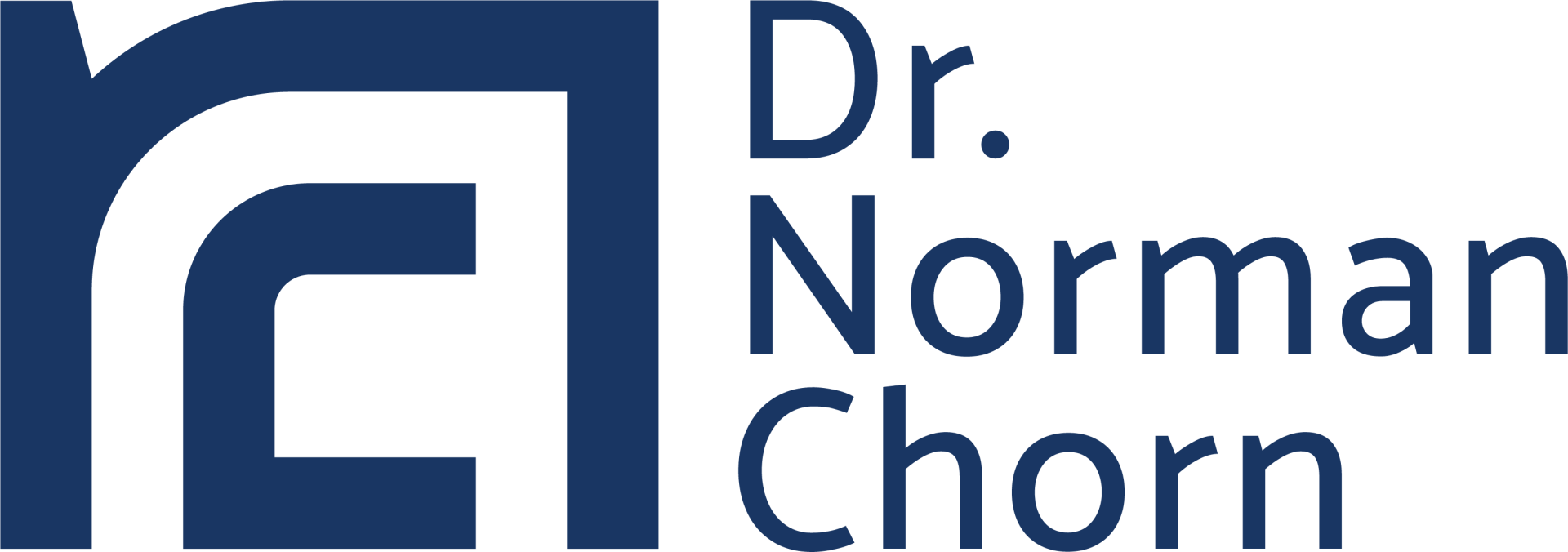Since working with leaders during the stressful period over the last 18 months, I’ve become interested in research that suggests your key strengths as a leader may well have a mirror image that produce major flaws in your style of leadership.
Research by Hogan and others (2007) seeks to uncover leaders’ dark sides by analysing what derails them under pressure. The research, conducted amongst 11,000 leaders in the UK, identified 11 “derailers” - strengths which turned into flaws under pressure.
In reality, each of these derailers is actually a potential leadership strength. The derailment occurs when the strength is overused. This is likely to happen when the leader’s confidence is too high, when they are inexperienced, or when they are under extreme pressure.
It is interesting to note that these strengths exist within many leaders as complete dimensions i.e. they possess the ability to display both the strength and the shadow side. We learn to manage the shadow side as we gain experience and stay grounded. Quite literally, we become skilled at mastering and controlling some of our less effective (and less attractive) impulses.
From Strengths --> Potential Derailers
- Enthusiastic --> Volatile. Inconsistent behaviour - from enthusiastic to moody.
- Shrewd --> Mistrustful. Others think you are prone to retaliate when you feel you have been wronged.
- Careful --> Cautious. Overly cautious, rule-bound, and unwilling to take chances.
- Charming --> Manipulative. Hard to advise, or might not evaluate the consequences of your decision.
- Vivacious --> Dramatic. Over committed, impulsive and unwilling to listen - especially to negative feedback.
- Imaginative --> Eccentric. Although creative, there is a tendency to be impulsive and eccentric.
- Independent --> Detached. Self-sufficient, indifferent to feedback. May appear uninterested in other’s problems.
- Focused --> Passive Aggressive. Inflexible, stubborn. May appear reluctant to be part of a team.
- Confident --> Arrogant. Strong sense of entitlement. Opinionated, self-absorbed, unwilling to learn from mistakes.
- Diligent --> Perfectionist. Organised, but your determination to do well every time makes you stubborn.
- Dutiful --> Dependent. Careful to please your superiors, yet you find it difficult to make decisions on your own.
So, how can we manage some of the shadow side characteristics of our leadership? Here are some guidelines that might prove useful:
- Maintain an awareness of your personal strengths and potential shadow side behaviours.
- Remain humble and grounded about your strengths
- Be careful of rapidly promoting individuals and simply assuming they will go from strength to strength. They are likely to take this as a cue that their strengths are valuable, and that they should use them more forcefully.
Subscribe to our regular articles, insights and thought leadership




